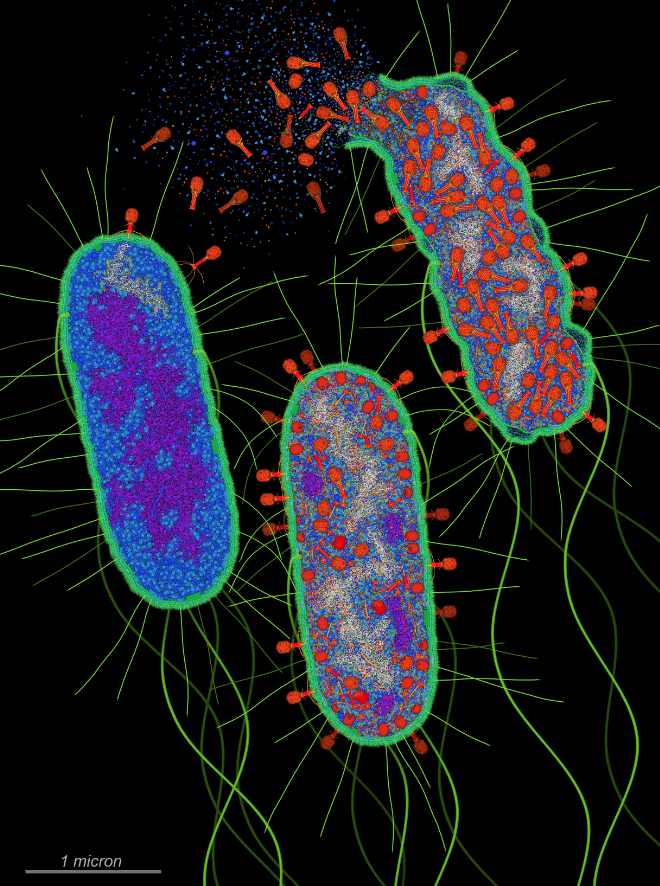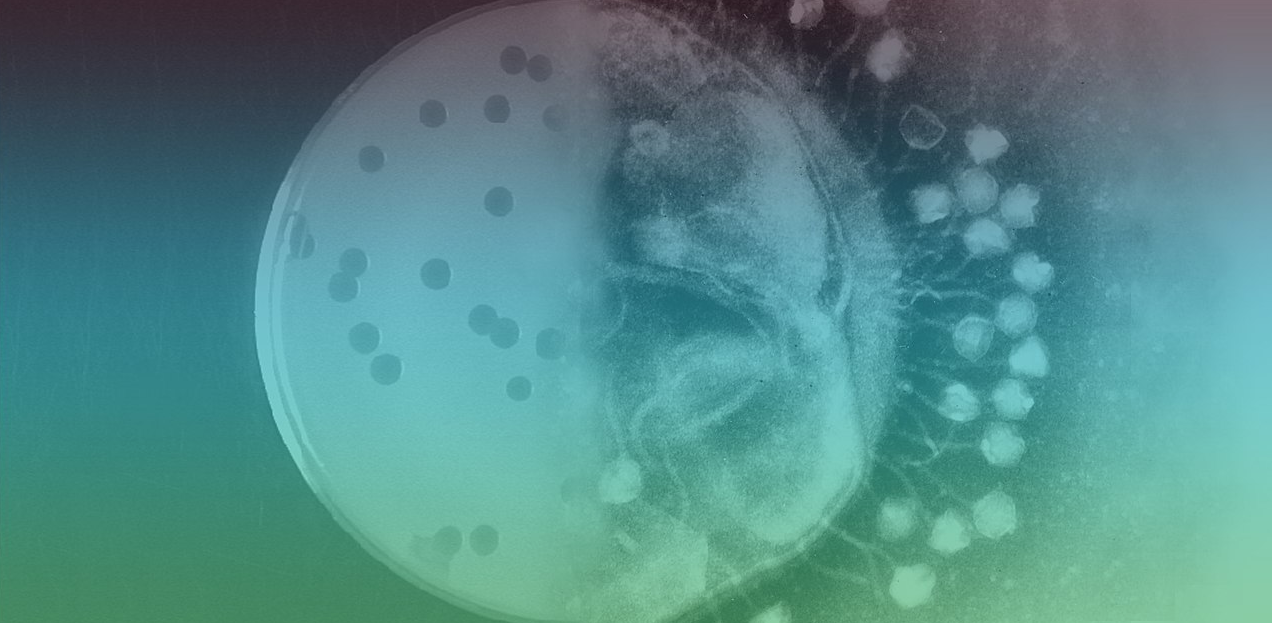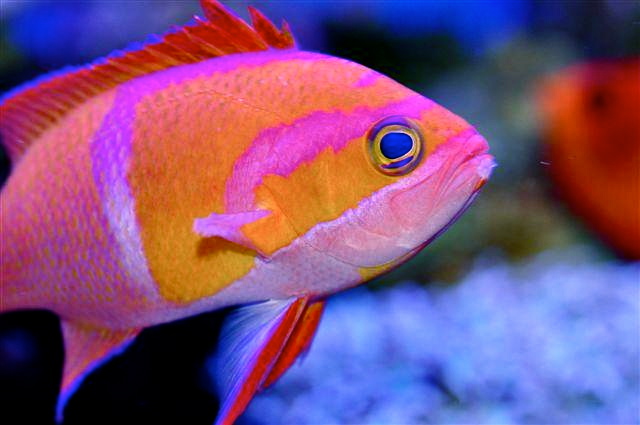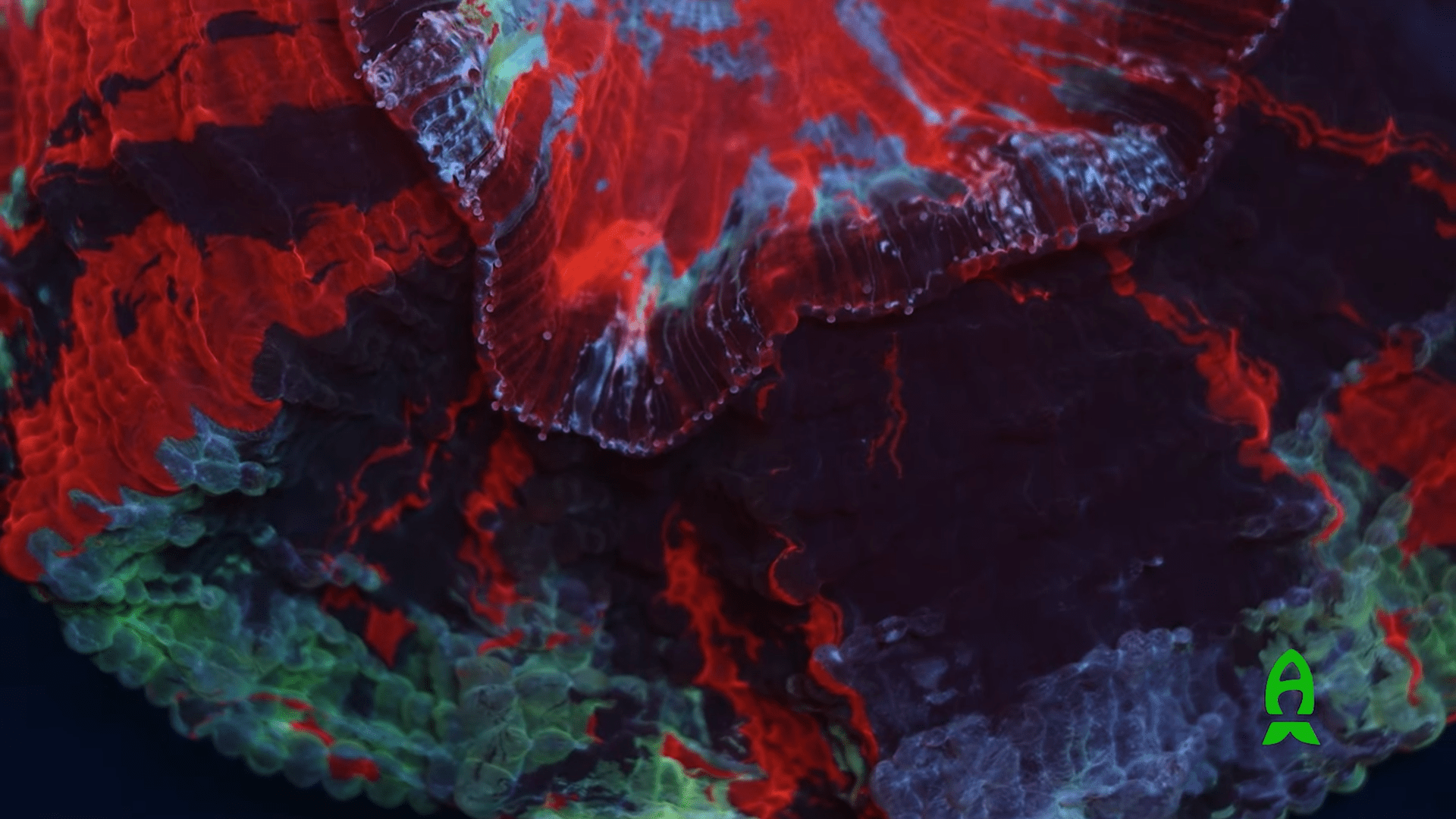The first use of phage therapy traces back almost a century ago, being discovered in the early 1900s, which is earlier than the application of antibiotics. Phage therapy has received relatively little attention due to the powerful antibacterial effects of antibiotics. But with the rapid emergence of multiple antibiotic-resistant bacteria and restrictions on the use of antibiotics around the world, there might be room for its resurgence.
Recently, phage therapy has been gradually applied in a number of fields due to its environmental friendliness compared to antibiotics. Conversely, the regular use of antibiotics in aquaculture has resulted in the development of resistant strains, which have contributed to the inefficacy of antibiotics (Martinez, 2003). This incorrect use of antimicrobial agents against diseases of farmed aquatic species poses a considerable threat to the development and growth of a successful and sustainable aquaculture industry, and, concurrently the saltwater aquarium industry.
Phage therapy has a number of advantages over traditional antibiotic therapy: The isolation of phages is fast, relatively simple, and inexpensive. Resistance to phages develops about ten times slower than antibiotic resistance, as well as having fewer side effects than antibiotics. Phages remain infective under very harsh environmental conditions and tend to continue replicating until the population density of the host bacteria has been significantly reduced. While antibiotics attack more than one kind of bacteria including some beneficial bacteria, phages won’t harm any cells except for the bacteria that they’re meant to kill.
What are Phages and Phage Therapy?
Commonly referred to as phages, Bacteriophages are defined as viruses that infect bacteria. Phages are natural components of all ecosystems. In the aquatic natural environments, phages and their bacterial hosts (which they always require) maintain an equilibrium. Populations of bacteria that bloom are often controlled by phage infection which subsequently reduces their numbers, the “kill the winner” theory (Thingstad 2000). Therefore, in natural ecosystems, wherever bacteria can be isolated, a specific phage can also generally be found.
Phage therapy is the use of bacteriophages to treat pathogenic bacterial infections. Bacteriophages attach to bacterial cells and inject their genome into the cell. The host cell provides the molecular building blocks and enzymes required to replicate the phage genetic material and produce progeny phage. The bacteria’s production of the viral genome interferes with its ability to function, halting the bacterial infection and instead producing additional phages.

The two main methods of Phage Therapy
Monophage therapy refers to the use of a single phage type as a therapeutic agent. Its disadvantage is that it requires precise matching between the pathogen and the phage. Polyphage therapy (or “Phage Cocktail), utilizes a combination of phages as a therapeutic agent. Compared to monophage, it targets multiple strains of a single bacterial species or multiple species.
At present, phages are used routinely for the biocontrol of herbal, food-borne pathogens, or for decontamination in aquacultures and food industries (Nakai and Park, 2002; Balogh et al., 2010; Goodridge and Bisha, 2011). The rapid generation time of cyanophages, for example, makes them attractive agents for controlling the toxic and bloom-forming cyanobacteria (Sigee et al., 1999 and references therein). Phages infecting Vibrio coralliilyticus (which is implicated in coral bleaching and coral diseases) and Thalosomonas loyaeana, both aggressive coral pathogens, were isolated and applied to curing infected corals (Efrony et al., 2007; Cohen et al., 2013). These phages are low-abundance specialists within the coral mucus layer that exhibit rapid proliferation in the presence of their hosts, suggesting a potential role in coral defense.
Considering the utility and diverse applications in saltwater, Phage Therapy might be a new direction of development, which avoids the residues of chemical antibiotics and cures infections effectively. The main disadvantages relate to the identification of appropriate phages with a high enough virulence and pertinent spectrum of bacterial hosts (i.e., species and strains), to be suitable for a multitude of different species suffering from infections caused by various bacterial strains. Even after a possible identification of appropriate phages, Its application would need research on strain isolation, selection, dosage, administration techniques, packaging procedures, and other methodologies.
In short, phage-based therapy as a living therapeutic agent is a promising possible tool to combat resistant pathogens. Favorable results in other areas indicate that phage therapy against pathogenic bacteria may be a future remedy, however, before reliable, reproducible treatments with commercial potential are available, it still needs time, interest, and a lot of scientific and clinical research before being a viable option, considering the many hurdles to its current use.
About the author

Joel Pinho is an avid saltwater aquarist, and marine life and ecosystems aficionado. He has gained valuable hands-on experience while attending Marine Sciences at Aveiro University, volunteering in coral research projects at ECOMARE, and dedicating years to coral maintenance and propagation, working at a Portuguese LFS (Fragario do Norte).
Image credits
Christoph Leberecht, CC BY-SA 3.0 https://creativecommons.org/licenses/by-sa/3.0, via Wikimedia Commons
Emily Brown combined the pictures ‘Phage’ by Dr Graham Beards, also licensed under CC BY-SA 3.0., and ‘Bxz2_Plaque’ by Deborah Jacobs-Sera and Graham Hatfull., CC BY-SA 3.0 https://creativecommons.org/licenses/by-sa/3.0, via Wikimedia Commons
DavidGoodsell, CC BY 4.0 https://creativecommons.org/licenses/by/4.0, via Wikimedia Commons



